This Is How Emily Cupit Grows Carrots In Containers – ‘The Crucial Factor Is The Depth’
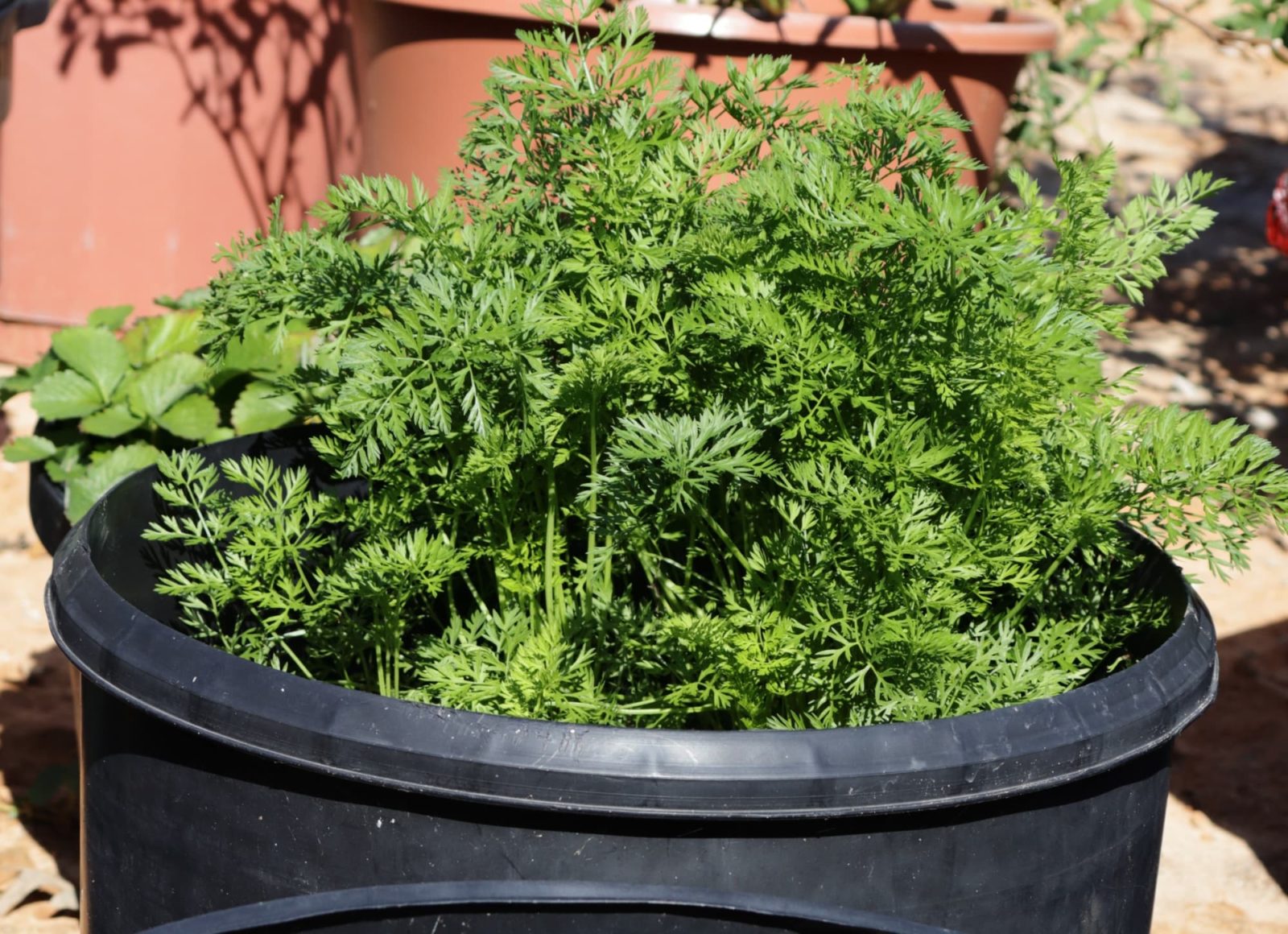
VEGETABLES > CARROTS > CONTAINERS

Ed is a horticultural therapist, professional gardener and writer. Ed has a BSc in Occupational Therapy from Coventry University and a Diploma in Social and Therapeutic Horticulture (DipSTH) via Thive, the RHS and Pershore College. Ed runs a community kitchen garden in West Sussex, where he leads horticultural therapy sessions.
Reviewed By PETER LICKORISH

Peter is a Horticulture Lecturer and self-employed Horticulturist, with a passion for diverse areas of the industry - from garden design to the science behind plant growth and propagation. He has completed the Royal Horticultural Society’s Master of Horticulture (MHort) Award and lectures on RHS courses at Bedford College.
Contributions From EMILY CUPIT

Emily is a Gardening Writer, Photographer and Videographer from Derbyshire, UK. She is the Founder of Emily's Green Diary - a community of more than 75,000 people who share in her gardening journey.
IN THIS GUIDE
CARROT GUIDES
Common Problems
Container Growing
Feeding & Watering
Growing From Tops
Harvesting
Sowing
Carrots are a home growers’ favourite and for good reason: they come in an array of colours and taste delicious.
Being easy to grow and care for, they also grow well in pots or containers making them ideal if your growing space is limited.
Are Carrots Container Suitable?

Carrots can grow well in pots or containers, with the only limiting factor being the size and depth of the container.
When it comes to choosing carrots to grow in containers, it can be advisable to pick a cultivar that produces a shorter and more round root, than a long thin one.
Container Sizes
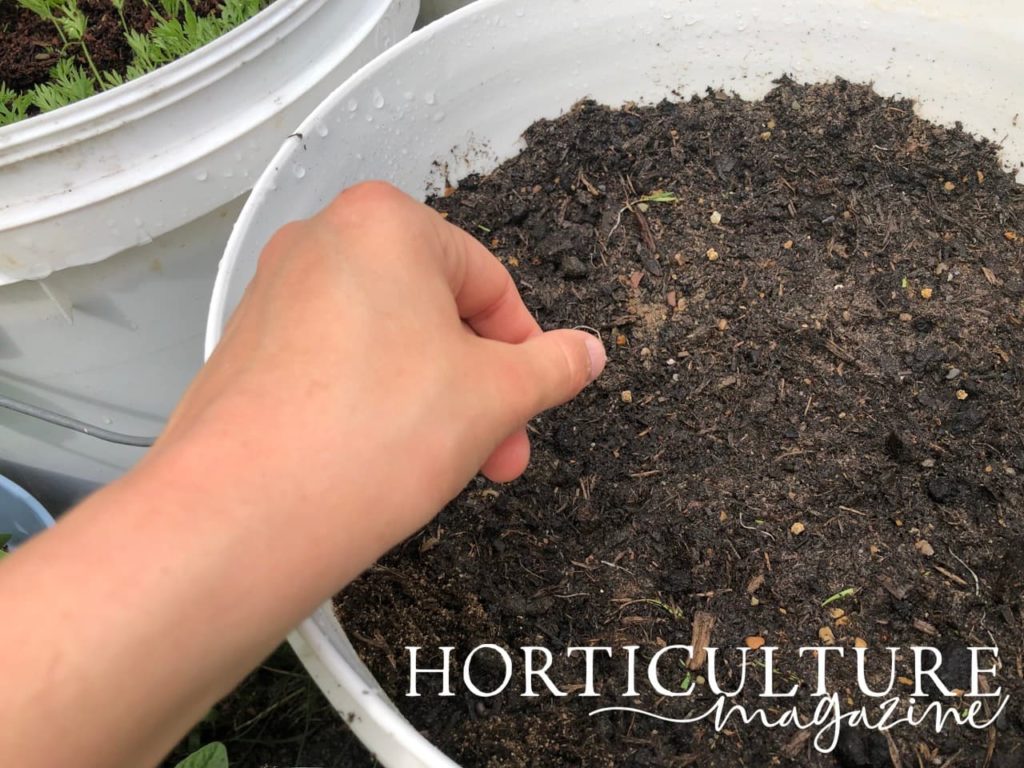
Carrots will grow well in any shape container, whether a long thin trough or a round pot.
The crucial factor is the depth, which to achieve a good crop, needs to be 30cm deep for rounded roots and 45cm for longer rooting cultivars.
The containers’ material is not important, as carrots seem to grow as well in old dustbins as a large terracotta pot.
However, multiple drainage holes must be already present or made by hand prior to using, as carrots require a free-draining soil.
Choosing Compost
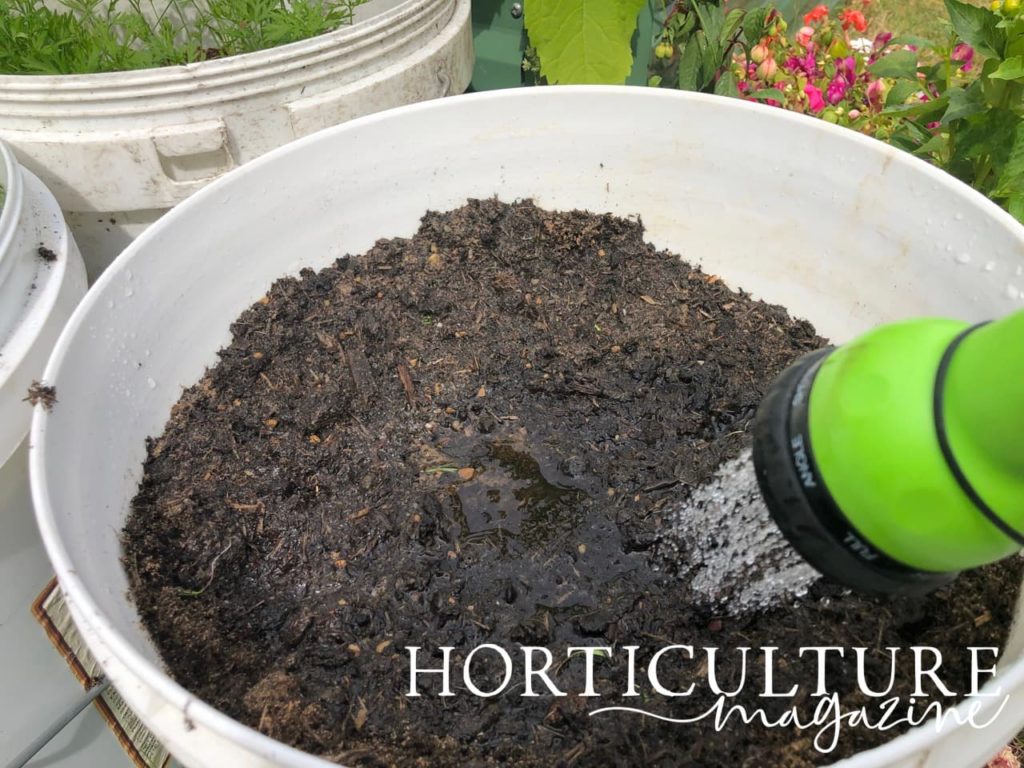
Carrots prefer a free draining and light soil, that is stone free.
A benefit of growing carrots in pots is that the soil can be chosen to suit them, which can be especially handy if you garden on stony soil.
A peat-free multi-purpose compost is ideal, to which some sand or vermiculite can be added to lighten the mix if required.
However, don’t be tempted to add some manure to the compost mix to help them grow, as this may encourage the carrots to produce side roots and end up forking.
“There’s a tradition of using spent or previously used compost to grow carrots in,” shares Peter Lickorish, a Master Horticulturist and Lecturer in Horticulture.
“It’s a good idea, as carrot roots elongate themselves looking for nutrients, so a rich compost will not encourage this and could make for very leafy plants.
“They do still need some nutrients though, especially phosphorus, so a light addition of blood, fish and bone or similar before sowing would be useful.”
Sowing Carrots In Pots
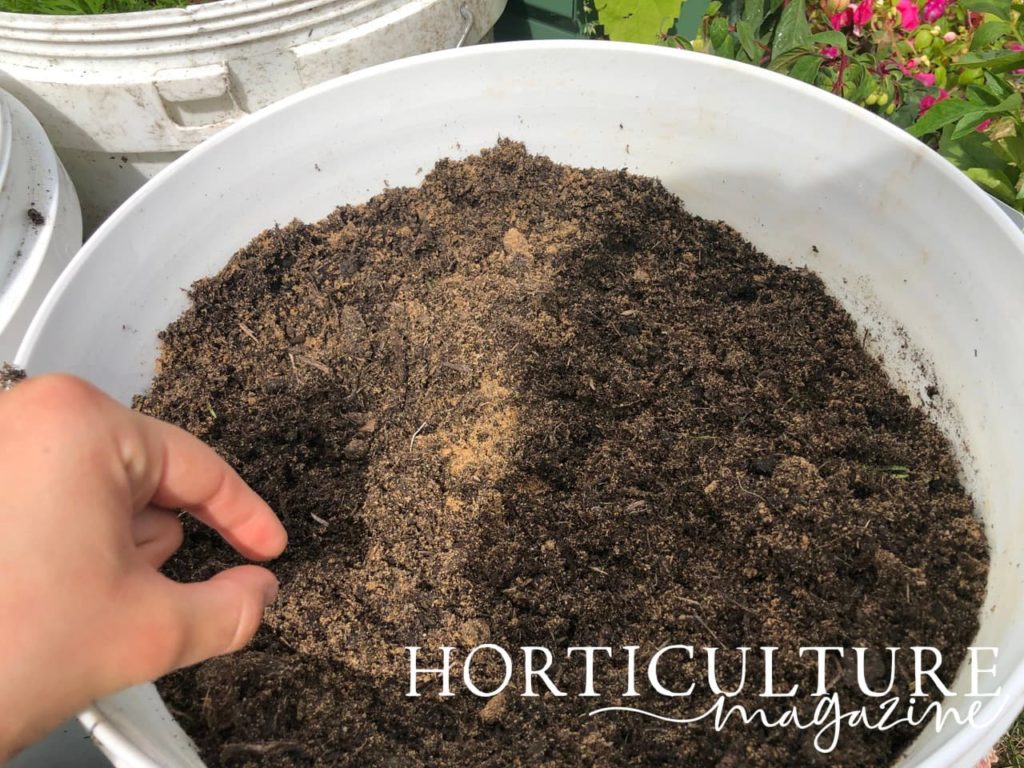
Carrots don’t take well to being transplanted which is why they tend to be always grown from seed.
Typically, carrots are sown from spring until mid-summer.
However, earlier varieties can be sown as early as February, but only as long as they are given some frost protection, such as a layer of fleece or under a cloche.

Carrot seed is small and needs to be sown thinly at a depth of 1cm.
This can either be done by individually planting seeds at a spacing of 5cm apart and covering over, or thinly broadcast sowing and covering with a thin layer of compost and gently watering in with a rose to avoid displacing the seeds.
As tempting as it is, try not to sow more than the recommended number of seeds for the pot’s size, as the extras will only need to be thinned out later down the line.
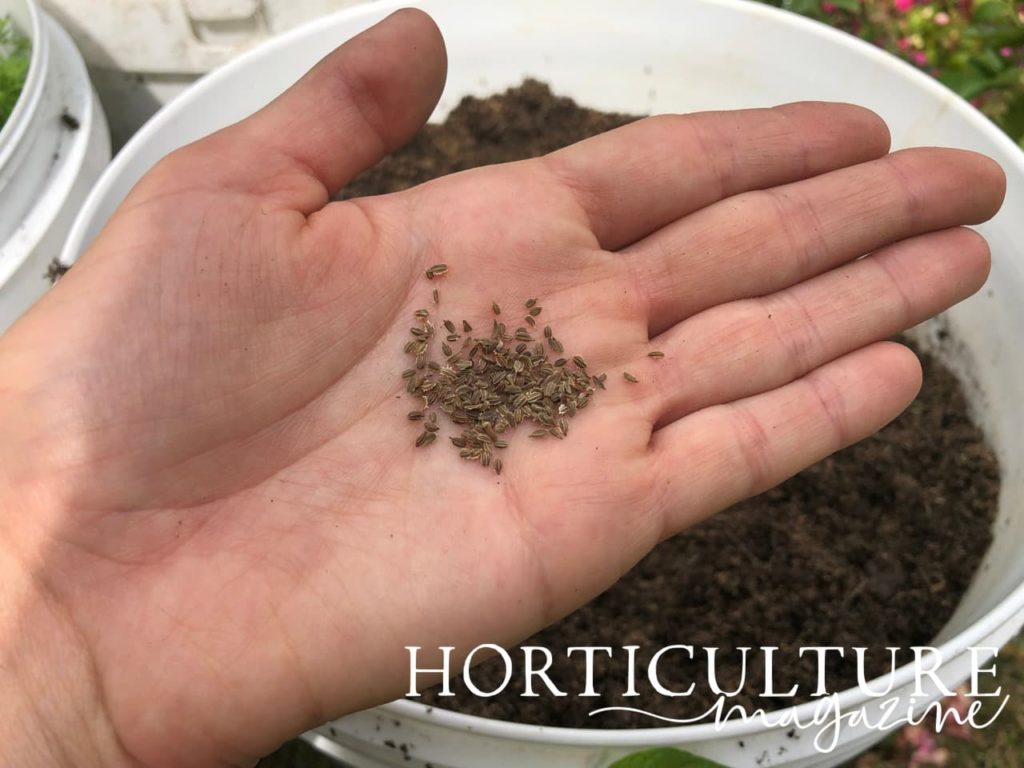
Carrot seeds generally take 2–3 weeks to germinate, during which the soil should be kept moist.
Carrots store well, however, to avoid a glut and for carrots all season long, sowings can be successionally sown every 2–3 weeks.
How Many Can You Plant Per Pot?

Carrots, if over-sown, will need to be thinned to an approximate final spacing of 5–7cm to allow them mature to a good size.
Therefore, the only limit to a carrot crop is the size of the container.
“As a guide, a 30cm diameter container could grow around 8 larger carrots or lots more if you aim for tender baby carrots,” says Peter.
“Sowing more thickly and gradually harvesting baby carrots may give a better yield than aiming for more mature roots.”
Caring For Pot-Grown Carrot Plants

Carrots are a relatively drought-resistant crop and are easy to care for and generally only require to be kept free from weeds and watered occasionally.
Keeping the carrots’ container weed free will stop the weeds from competing with the carrots and give them space to mature.
Carrots don’t need to be watered that often, but they do require a thorough watering during hot and dry spells and they will need more frequent watering than those grown directly in the soil.
“A deeper container will dry out more slowly,” adds Peter.

Carrots only need relatively fertile soil to grow in and if sown into fresh compost each year should not need any further fertiliser applied during the growing season.
Carrot root fly can be a real issue when growing carrots, as the flies are attracted to the smell of the foliage when it is crushed during thinning and handling.
The flies then lay their eggs on the soil, which subsequently turn into larvae and eat the carrot crop underground.

To deter any carrot fly from eating your crop, there are some preventative measures that can be put in place.
These include resistant cultivars being chosen, growing alliums nearby which can mask the carrots’ scent and a fleece barrier 90-100cm tall placed around the container.
Depending on the variety, carrots can be harvested 3–4 months after sowing, when they are a suitable size.
If you are unsure if they are ready to pick, lifting a few alternate carrots can help determine their current size and provide more space for the others to grow on if necessary.
However, it is good to be aware that leaving carrots in the soil for too long can lead to them turning slightly woody and less flavoursome.
